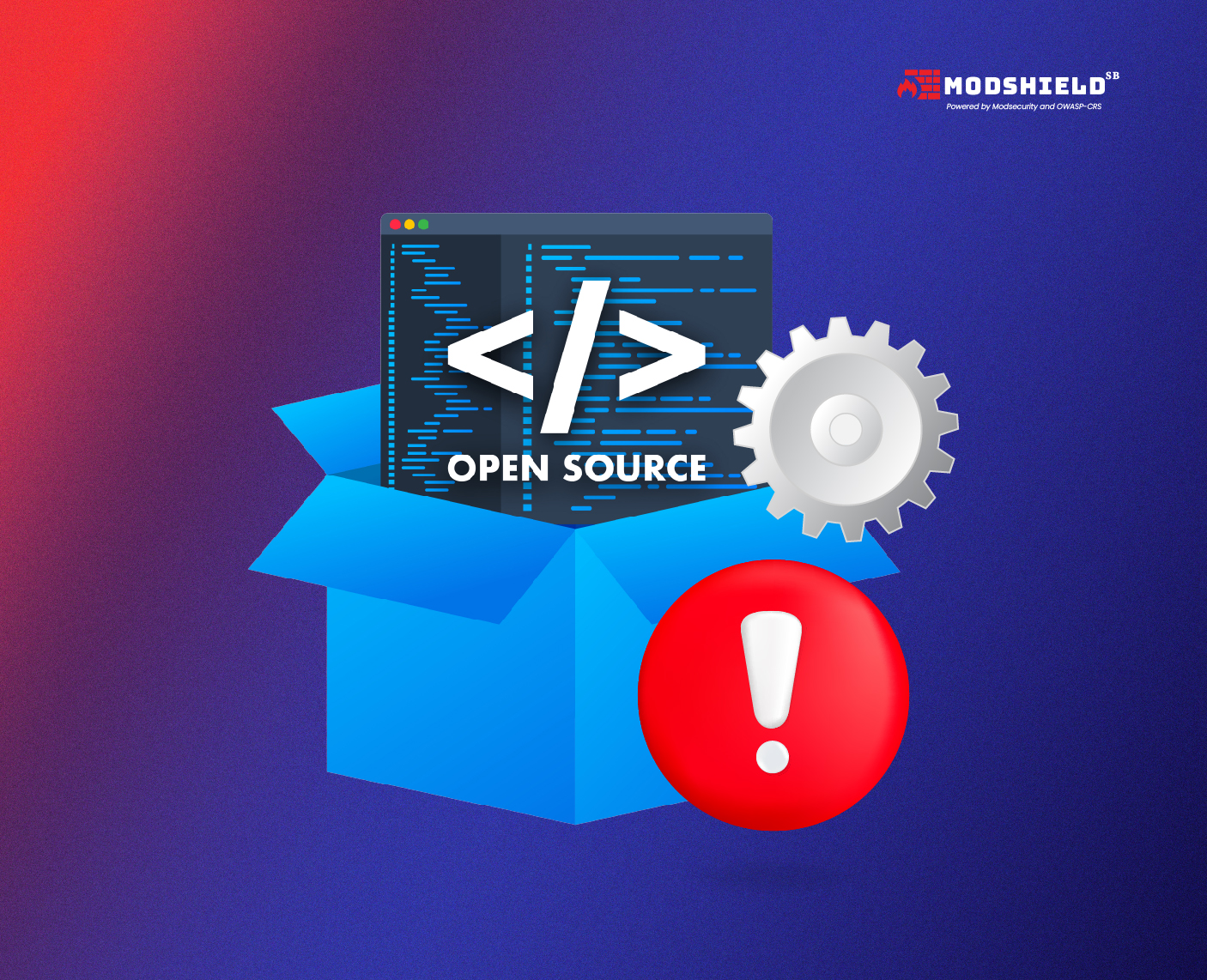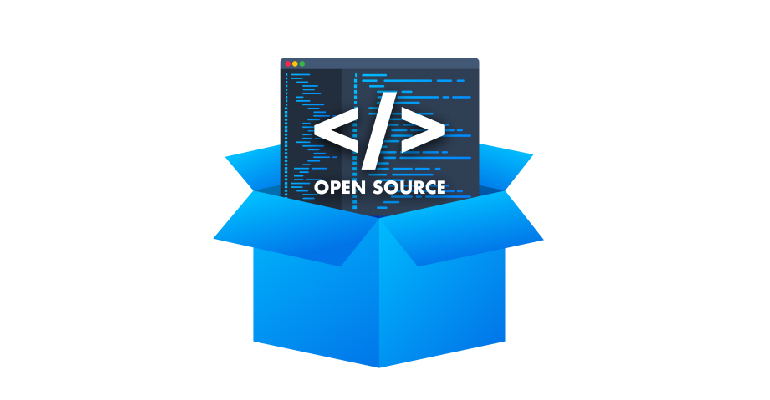
Open-source software (OSS) has become essential to today’s development era due to its flexibility, cost-effectiveness, and innovation. Being open, OSS attracts wide usage from developers to enterprises because of continuous community improvements. Besides these advantages, open-source software has several risks that affect the security and stability aspects of your systems. Understanding these risks will help ensure the benefits of OSS are consistent with the potential drawbacks.
What is open-source software?

Open-source software provides source code that is openly available for anyone to view, modify, and distribute. Unlike proprietary software solely developed and maintained by a single company, OSS depends on a community of active developers working together to improve and refine the code. Common examples include Linux, Apache, and WordPress.
Since OSS can be customized to meet most specific needs, its open nature presents a unique set of challenges, particularly concerning security, maintenance, and legal compliance.
Common risks of using open-source software
In addition to its benefits, open-source software always has security issues. The MSP teams should be well-informed about these risks to protect their clients from cyber criminals.
1. Outdated software
When the interest in the community waxes and wanes, or when key contributors cease to update the project, smaller or niche OSS projects may need to catch up. Of course, software that contains obsolete features, compatibility issues, or known security vulnerabilities is risky. Users are often required to perform patches, which could be overlooked and leave systems open to specific attacks.
2. Open source code
While open-source code allows developers to inspect it, it can also open it for exploitation. In other words, cybercriminals can study the code in pursuit of vulnerabilities that could be used if left unpatched. Besides, less secure coding practices by less experienced contributors might introduce security flaws that could be easily overlooked in a collaborative environment.
3. IP issues
Using open-source software without being informed of licensing terms invites IP disputes. OSS licenses can significantly differ, some forcing the distribution of derivative works as open-sourced, copyleft licenses, or giving due credit to the original authors. Failure to comply with licensing terms may force a company into legal action or costly re-licensing fees.
4. Security vulnerabilities
Security might be incidental or an afterthought, as OSS development by the community could leave security on the back burner of priorities. Projects needing more security teams might leave unpatched vulnerabilities hanging for a long time. Besides, the vast number of dependencies involved in OSS increases the exposure to risk since any vulnerable library in the ecosystem becomes a weak point in the software.
5. Dependencies
Most OSS projects depend on third-party libraries and other dependencies that might be open-source themselves. This decreases development time; however, it increases the possibility of being susceptible to such dependencies’ vulnerabilities. These can be tracked and updated only with much effort, which raises further over time, considering the growing number of such dependencies.
6. Namesake attacks
Security might be incidental or an afterthought, as OSS development by the community could leave security on the back burner of priorities. Projects needing more security teams might leave unpatched vulnerabilities hanging for a long time. Besides, the vast number of dependencies involved in OSS increases the exposure to risk since any vulnerable library in the ecosystem becomes a weak point in the software.
7. Compromise of legitimate package
Cyberattackers infiltrate an open-source project by contributing malicious code. An attacker gets direct access to the project’s source code and embeds backdoors, spyware, or other types of malware. This is hazardous because such malicious changes might go unnoticed for a very long period, as most of these projects are big and complex, with hundreds of participants.
How to Mitigate Risks When Using Open-Source Software?
Conclusion
Open-source software conveys considerable advantages in flexibility, customization, cost, and community, but it also brings risk into the environment. These should be balanced with caution against the dangers it presents. Among the common OSS risks, non-current software, security vulnerabilities, and IP issues top the list; understanding each of them and being proactive in minimizing the risk allows organizations to utilize the power of open source safely and securely. This is because, in this modern era, security for software is a must, and being very careful with choices and practices involving open-sourced software is incredibly important.
